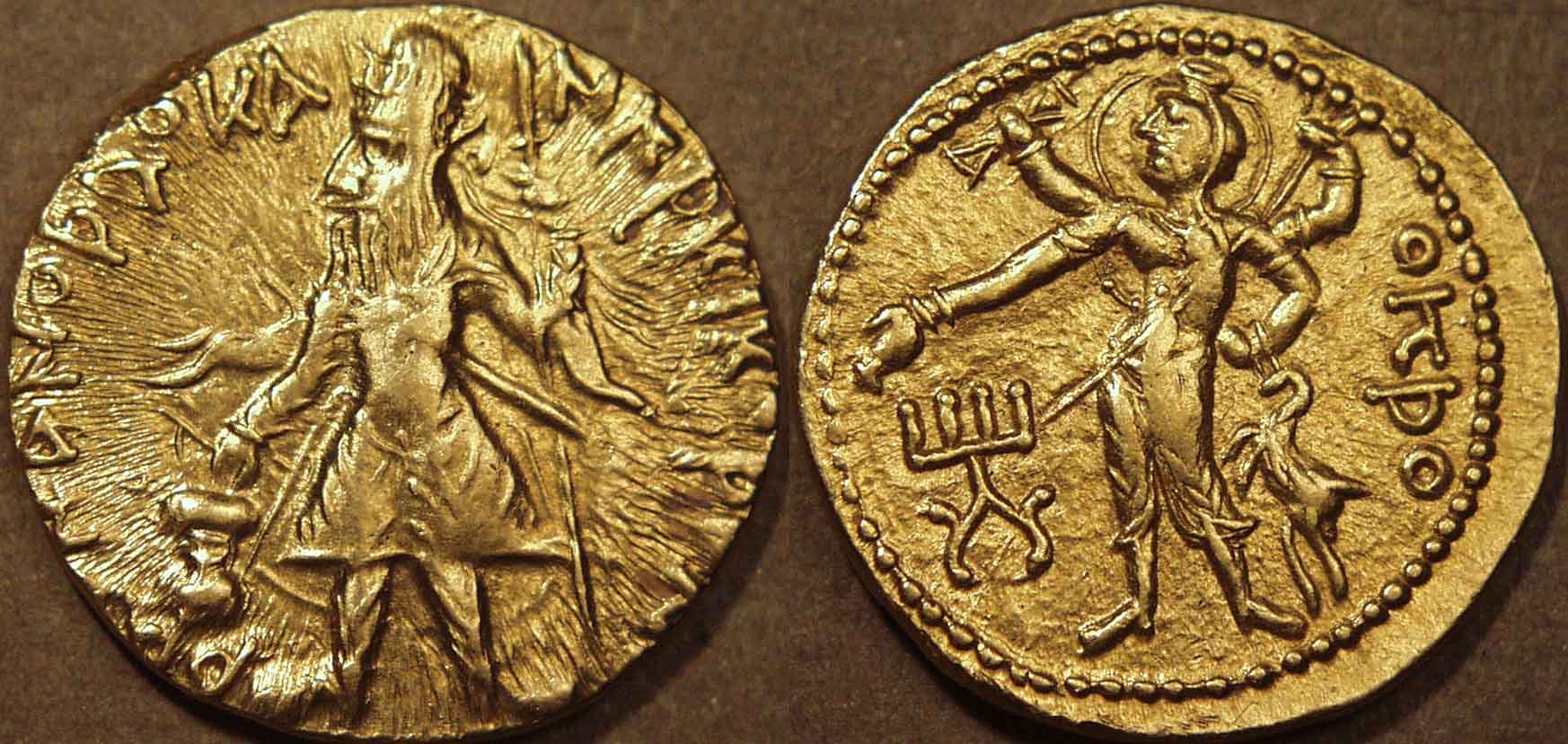Long Live Lohanas
Sometimes, forwards work as a boon. A few days ago, my nephew sent me a forward and I have since then been thinking about the two special boys who are working at documenting the Lohana community among the Gujratis.
Subhash Thakrar, a Lohana Gujrati based in UK has always been fascinated with the Lohana history and has researched the descendants of the community along with his other friends like Hasu Manek and Vijay Thakrar.
The trio has over the years interviewed many stalwarts from different generations which include community leaders like Haribhai Samani who was able to offer anecdotal insights about Lohana history. Since there is as such authentic recorded history what Subhash, Hasu and Vijay got about doing was to trace the history with the help of experts.
They connected with Haribhai, PhD at Cambridge University, Dr Katherine Prior and Professor Rohit Barot at Reading University to research whatever data available and were surprised to discover that there are references to Lohanas even in the British history books. On the basis of the accumulative efforts here is the story of the Lohanas.
Lohanas hail from a warrior class originating from the borders of Uzbekistan and Afghanistan. This distinguishes Lohanas from today’s other Gujarati communities like Shahs, Patels, Prajapatis, Kutchis and others, who have at some time or the other been resident of Gujarat, unlike Lohanas who are immigrants in Gujarat.
In the North West region of the old Indian empire, as was the case all over India (that time British India), there were several kingdoms and Lohanas represented 24 kingdoms each bearing a name like Thakar, Lakhani, Kotak etc. It is the names of these kingdoms that eventually converted to Lohana surnames.
Over the years of evolution, new surnames were added to the list for example, from Thakar we got Thakrar and from Kotak came Kotecha and so on. Some acquired surnames from their business and profession as a result the traders in ghee became Gheewala, accountants transformed into Mehtas as a result today there exists approximately 40 to 50 versions of Lohana surnames spread all over the world.
A case study on the Lohana community of North London, which probably represents the largest concentration of Lohanas in the UK, there should be approximately 24,000 or maximum 26000 Lohanas. Leicester is the next biggest concentration in UK should house another 20,000 which means the Lohana presence all over UK will not exceed 100,000.
A similar estimate in US and Americas will aggregate to 100,000 add to this another 50,000 in the Far East, 50,000 in the Middle East, 100,000 in Africa, then we come up with an approximate number of around 500,000 Lohanas living outside India. Of course the largest number has to be in India, that too Saurastra and rest of them in Gujarat and in Mumbai which would include around 1.5 million and therefore Lohanas around the world will be approximately 2.5 m is fair and reasonable.
For a community that originated as warriors/ Kshatriyas it is impossible to find any Lohana in the army or the police force on the contrary Lohanas are revered as a shrewd business community so what brought about such a transformation over the last 800 years? There are many versions and stories say Subhash Thakar and Hasu Manes but more about this tomorrow.
To be continued
@bhawanasomaaya
